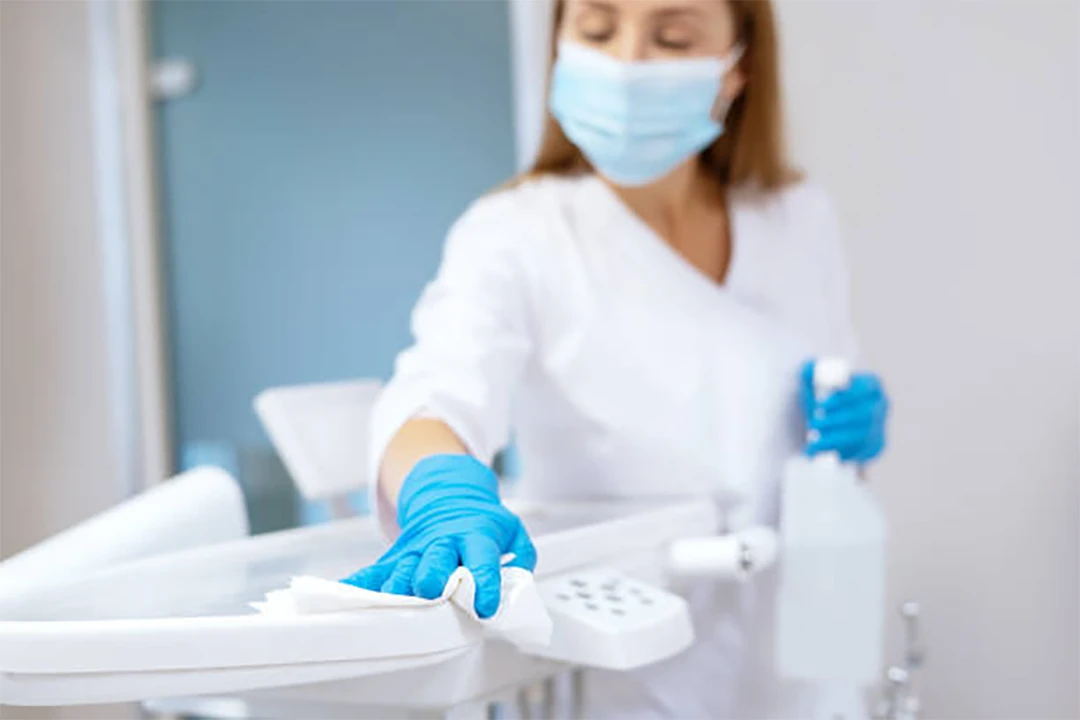
The war against bacteria continues as sickness-causing microorganisms continue to evolve, acquiring new ways to develop resistance to antimicrobial agents. But what happens when bacteria becomes resistant to most or all types of antibiotics? This is a serious problem that hospitals and care homes are currently dealing with as there have been more outbreaks of drug-resistant bacteria, or superbugs, than ever before. In fact, the latest data from the Centers for Disease Control and Prevention estimates that over 2.8 million individuals develop drug-resistant infections every year.
“Antimicrobial resistance is one of the top global health threats facing humanity,” says Valeria Gigante, a team lead within the World Health Organization’s antimicrobial resistance division. With the rate of antibiotic resistance accelerating, health professionals are now scrambling to keep pace to avoid a disastrous scenario. Healthcare facilities already have strict protocols in place to protect people from common illnesses, but here’s how they can combat antibiotic-resistant bacteria and win the fight against superbugs.
Regular Deep Cleaning and Sanitizing
Paying attention to cleanliness and sanitation can help to curb the spread of superbugs, particularly in bacteria-infested places like hospitals. In a new study, it was found that 60 types of bacteria can be found in high-touch areas in a typical hospital building, and some of these bacteria can be pathogenic to humans. Healthcare workers must practice good hand hygiene to prevent harmful bacteria from making their way from emergency rooms to bed rails, computers, and other items frequently used or touched by patients and hospital staff.
Cleaning all common areas and rooms should also be a priority to prevent the growth of harmful bacteria. In addition to daily cleaning and disinfection, trained professionals should be called in to do specialized services, such as emergency hospital floor cleaning. These experts can deal with various types of cleaning emergencies and situations, such as getting rid of spilled toxic or hazardous substances on floors, or even mold removal. Professional hospital cleaning should be done at least once a month to get rid of bacteria and germs that regular cleaning efforts and solutions can’t eliminate.
Implement an Antibiotic Stewardship Program
Experts have warned against the excessive or unnecessary use of antiobiotics since it increases the odds of a pathogen developing resistance. When a person constantly uses antibiotics to cure a simple illness, such as a cold or fever, sensitive bacteria are eradicated, leaving the resistant bacteria to thrive and eventually develop resistance to the drug. To prevent the creation of superbugs, hospitals must implement a stewardship program to optimize the use of antibiotics.
Through this program, physicians and staff will be trained on which antibiotics should be used to treat infectious diseases, and which ones are restricted and can only be used with prior approval from the hospital pharmacy staff. This ensures that the right antibiotic will be used on a patient who truly needs it, in the correct dose, and at the right time. Hospital leaders and providers may get in touch with the CDC for resources on antibiotic stewardship programs.
Decontaminate to Limit the Spread of Microorganisms
Most people think that only hard surfaces or high-touch areas in hospitals should be sanitized to prevent the spread or growth of superbugs. However, there is evidence that proves that these antibiotic-resistant bacteria can also thrive in fabrics or protective gear used by patients and staff. In a study, it was found that surgical gowns that have been contaminated with C difficile bacteria still carry superbugs even after being treated with disinfectants. What’s more, the research showed that the spores of the bacteria showed signs of growth after decontamination.
Since bacteria spores are growing resistant, hospitals are now using higher concentrations of medical grade disinfectant to sanitize surgical gowns. Some healthcare facilities have also chosen to do away with fabric gowns and are issuing single-use gowns to patients instead. Instead of using only liquid disinfectants, staff should be trained to properly decontaminate surgical and hospital gowns using different sterilization methods. Gamma radiation is one sterilization technique that is proven to be highly effective to clean surgical gowns since it can deeply penetrate dense fabrics and reduce germs and bacteria by up to 99.9 percent. Meanwhile, steam sterilization, also known as autoclaving, is a good way to treat hospital gowns since it eliminates bacteria using high heat without affecting the integrity of the fabrics.
Antibiotic resistance should be taken seriously as it can cause a host of health problems in the future. By doing a deep clean of healthcare premises, decontaminating gear and hospital gowns, and implementing antibiotic stewardship programs, hospitals can come out on top in the fight against antibiotic-resistant bacteria.

